The Last Analog Villages: Where You Can Still Hear Church Bells Instead of Notifications
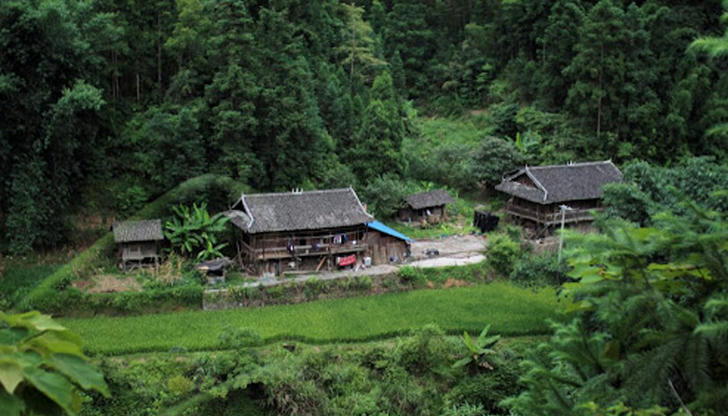
When was the last time you went a whole day without checking your phone? Be honest. For most of us, even the idea sounds impossible. But there are still a few places in the world where time feels slower, Wi-Fi signals are weak, and conversations happen face-to-face. These are the last analog villages---small pockets of peace where life hasn't been swallowed by screens.
If you've ever dreamed of waking up to church bells instead of push notifications, here are a few places that remind you what "unplugged" really feels like.
1. Hallstatt, Austria -- Where the Mountains Still Matter More Than Your Feed
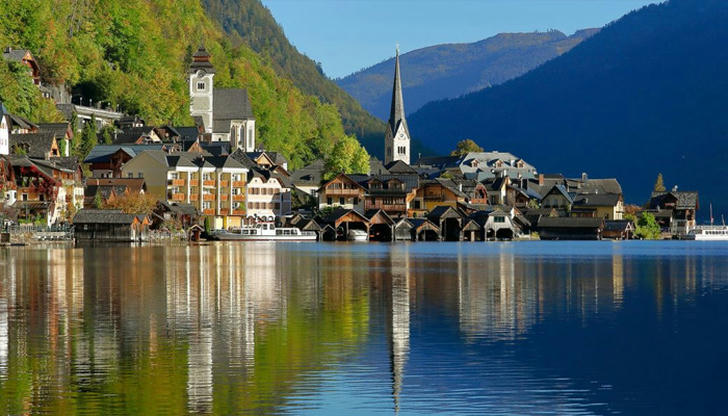
Hallstatt looks like it was painted by someone who doesn't believe in deadlines. This tiny Austrian lakeside village has been around since prehistoric times, and it shows---wooden houses cling to steep hillsides, smoke curls from chimneys, and locals still greet each other in the morning on cobblestone paths.
The internet? Sure, it's technically there. But most visitors forget about it once they see the reflection of the Alps in the lake. You'll see fishermen still using hand-rowed boats and old men reading newspapers instead of scrolling Instagram. It's the kind of place that reminds you how quiet can actually sound beautiful.
2. Alberobello, Italy -- Stone Cones and Slow Conversations
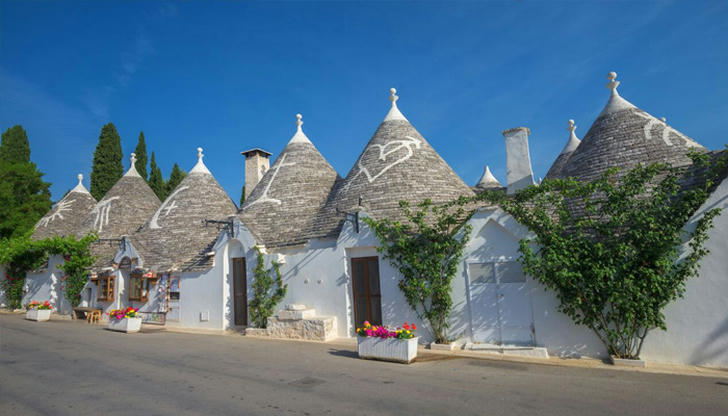
In southern Italy's Puglia region, you'll find Alberobello---a town famous for its trulli, little cone-roofed houses made entirely of stone. The whole village looks like a storybook that somehow escaped modernity.
Locals hang laundry across narrow lanes, sell homemade olive oil, and chat for hours in doorways. Evenings are for long dinners that seem to last forever, punctuated by church bells and laughter. Tourists do come, of course, but the village's rhythm never really speeds up. You can almost feel your heartbeat syncing with the pace of life here.
3. Shirakawa-go, Japan -- A Snow Village That Refuses to Rush
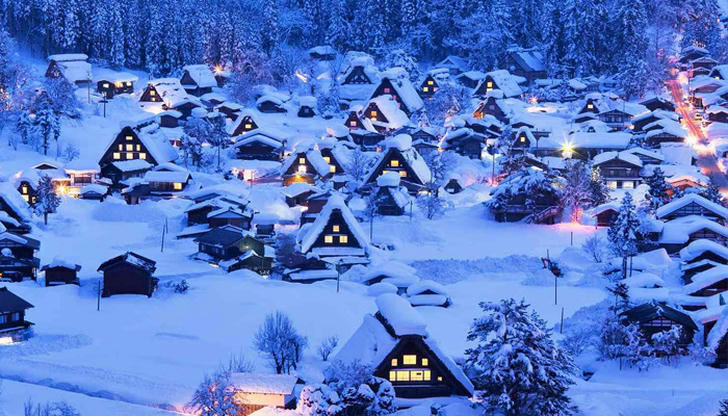
Deep in the mountains of central Japan lies Shirakawa-go, where thatched farmhouses---some over 250 years old---still stand strong under heavy winter snow. There are no neon lights, no background hum of traffic, just the sound of rivers and wind slipping through wooden beams.
Many residents still grow their own food, and most homes have no flashy modern interiors. It's a place where you walk everywhere, take off your shoes indoors, and actually notice the smell of wood smoke. Shirakawa-go isn't just picturesque---it's a living museum of what "slow life" really means.
4. Folegandros, Greece -- A Quieter Greek Island That Feels Like the Past
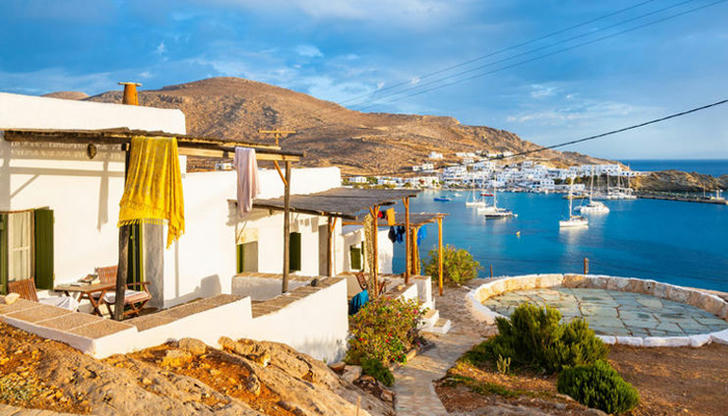
If you love Greece but want to escape the Instagram crowds of Santorini, head to Folegandros. With only a few thousand residents, this tiny island runs on simplicity. There's no big nightlife scene, no resort sprawl, and no rush to "do" anything.
Instead, you wander whitewashed streets, drink coffee under fig trees, and maybe take a nap after lunch. The Wi-Fi? Intermittent at best, but nobody seems to mind. Sunset over the Aegean is the only show worth watching---and it's free, no subscription required.
5. Colmar, France -- Fairytale Streets and Human Conversations
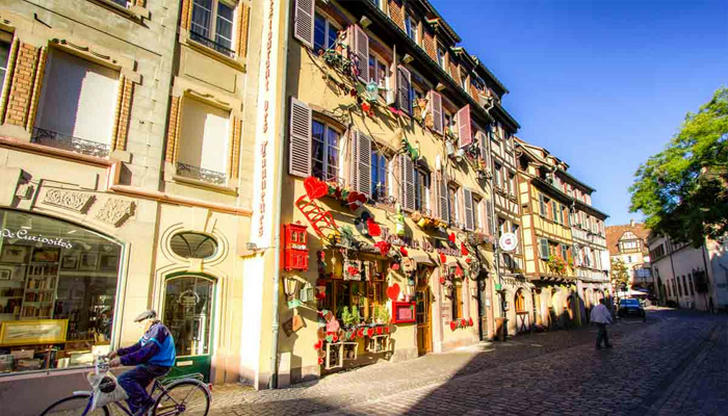
Colmar, in France's Alsace region, looks like something out of a Disney movie---but the charm here isn't artificial. Locals actually live in the colorful timber houses lining the canals. Morning markets sell fresh bread, flowers, and cheese, while old bicycles lean lazily against cafe walls.
Yes, there are tourists---but step a few streets away and you'll see neighbors talking across balconies or sharing gossip over glasses of wine. The city's rhythm invites you to slow down, look up, and maybe even leave your phone in your pocket for an hour.
6. Oia, Greece -- After the Tourists Go Home

Oia may sound too famous to be on this list---but stay overnight, and you'll see a completely different side. When the day-trippers leave, silence settles over the white rooftops. Locals gather at small tavernas, fishermen mend their nets, and the soft clang of church bells drifts over the cliffs.
It's in these moments---when the selfie sticks are gone---that Oia feels like an analog village again. You realize that even in a digital world, peace still exists if you know when to look for it.
Why These Places Feel Different
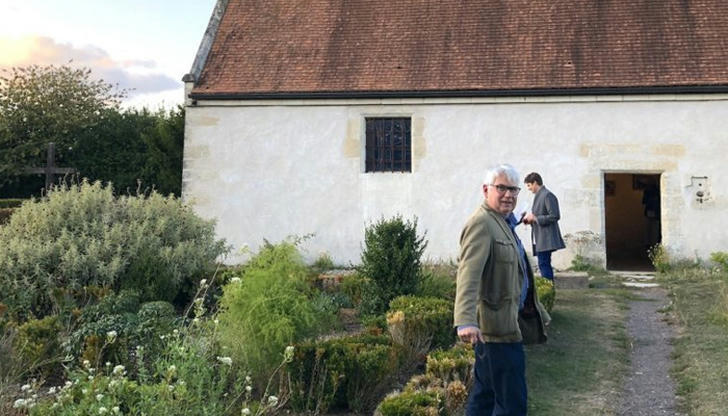
What connects all these villages isn't just old architecture or scenic views---it's intentional slowness. People still pause to say hello, bake bread from scratch, or listen to the weather instead of checking an app.
There's a kind of freedom in knowing you don't have to respond instantly, that no one expects you to be "available" all the time. In these places, life happens in real time, not in refresh rates.
How to Travel Analog (Even for a Little While)
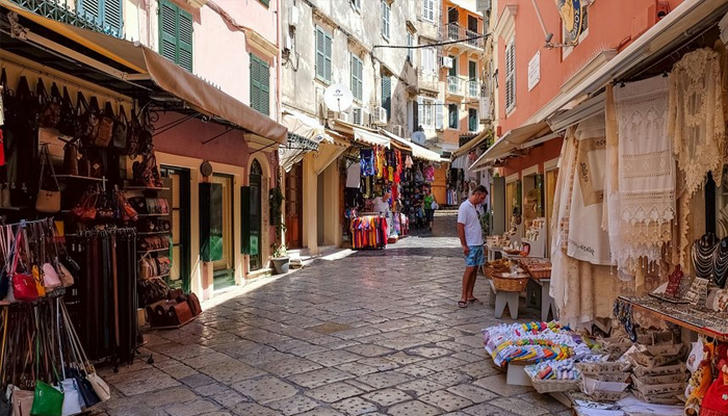
You don't have to move to a mountain village to experience this peace. Try it on your next trip:
Turn off your phone for a morning. Watch how much you actually see when you're not taking photos of it.
Talk to locals. Ask about their traditions, favorite bakeries, or memories of the place.
Walk without a map. Getting lost is often how you find the best parts of town.
Stay somewhere small. Family-run inns or farm stays connect you to real people, not check-in codes.
It's less about escaping technology and more about remembering you're human.
The Soundtrack of Simplicity
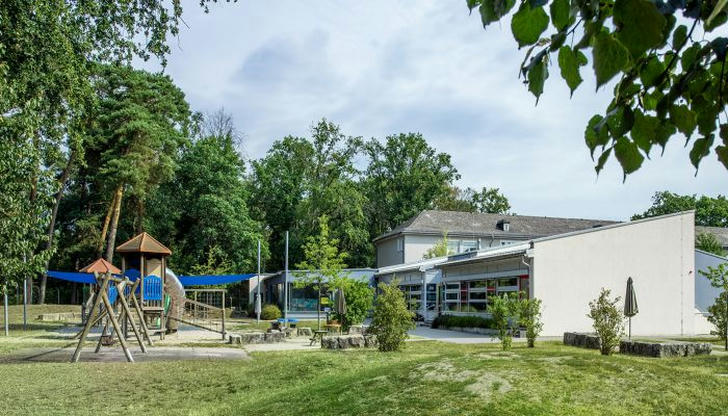
At the end of the day, these analog villages remind us that silence isn't empty---it's full of things we've forgotten to notice: footsteps on old stone, children laughing, the slow chime of church bells echoing across rooftops.
Maybe that's why people keep coming back to them. Not just for the beauty, but for the reminder that life doesn't need to be constantly updated to be meaningful.
So the next time you find yourself overwhelmed by notifications, consider a trip to one of these quiet corners of the world. Who knows---you might just rediscover what peace sounds like.
